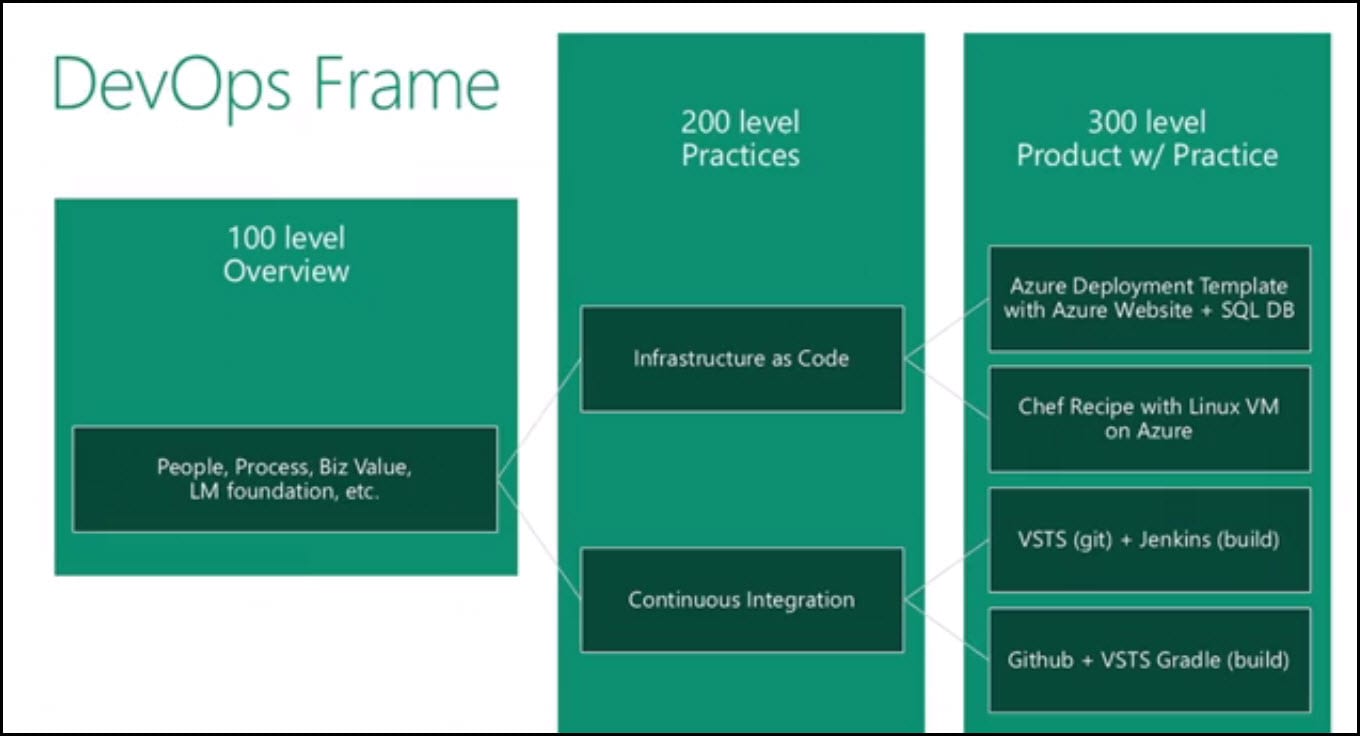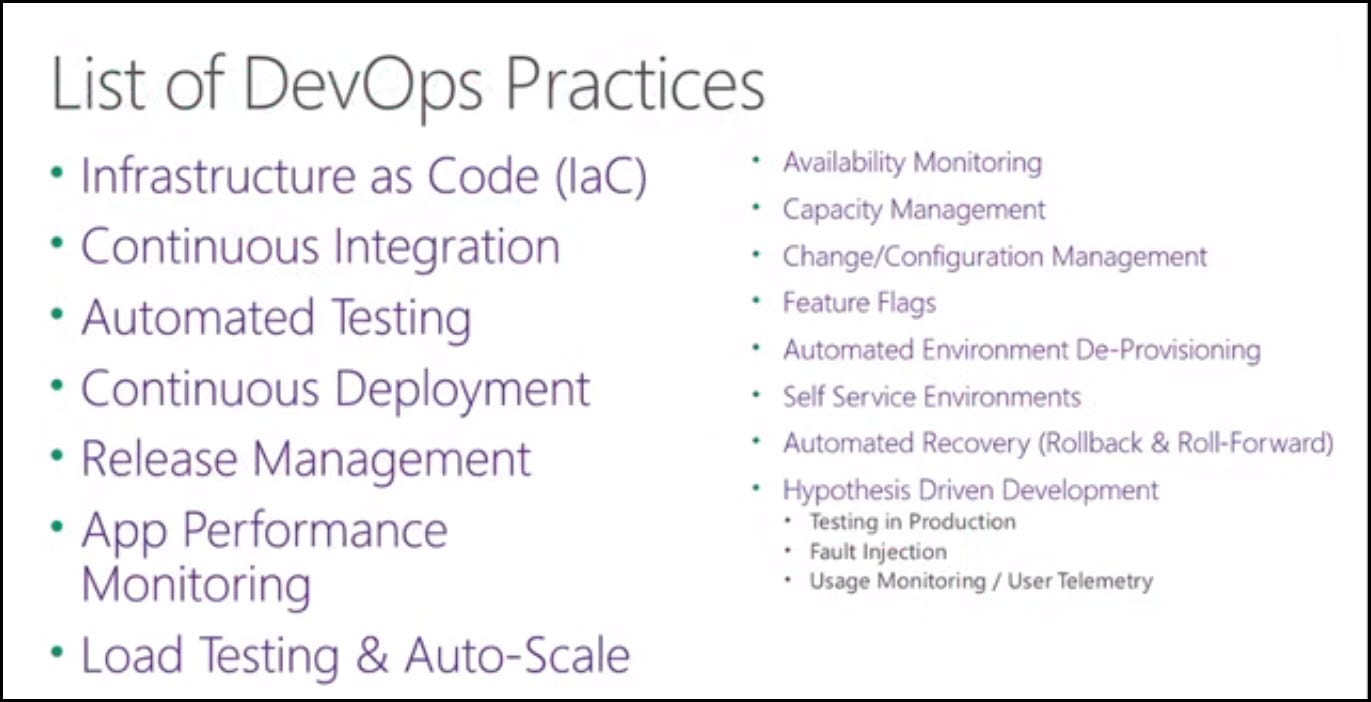Introduction
DevOps is a methodology that refers to anything that settles the interaction between development and operations. Development needs as much changes as possible to grow and to meet the needs of the changing time while for Operations change is the enemy. Operations require stability and strongly resist change that is a need for Development.
You can find more information about DevOps in the following post: DevOps: The Three Stage Conversation - People, Process, Products which describes the basic principles of DevOps. This post will be especially helpful to those for whom DevOps is still a new concept. If you prefer a deeper view on this topic, have a look at the following guide: quick guide about Basic Principles of DevOps, which presents an overview of DevOps process and practices, describing "the big picture", while still maintaining the high level of detail.
If you would like to know more about the best practices for DevOps, Continuous Integration and Continuous Delivery, you can have a look at the following post: Configure CI (Continuous Integration) and CD (Continuous Delivery Pipeline).
Part 1: DevOps Frame
DevOps is a strategy intended to bring perfection in software delivery lifecycle by aligning development and Operations teams around the business goals. As per Microsoft's standard level definitions DevOps Level 100 is introductory and overview material. It covers topic concepts, functions, features, and benefits. DevOps Level 200 is intermediate material. Assumes 100-level knowledge and provides specific details about the topic. DevOps Level 300 is advanced material. Assumes 200-level knowledge, in-depth understanding of features in a real-world environment, and strong coding skills. Providess a detailed technical overview of a subset of product/technology features, covering architecture, performance, migration, deployment, and development.
In order to ensure Continuous Integration we need to use proper deploying strategy. Read more about deploying with Feature Branches and Feature Toggle in the following post; Deploy from Branches with and without Feature Toggle.
You can see this video, if you would like to find more information about what is the story behind containers and what drives or the needs it, we will know why companies moved from traditional solution architecture to Microservices and how this put containers as the perfect solution for running them, we will get quick intro to clear some definitions, tools and keywords related to this ecosystem, for example, we will understand what is the different between VM, Container and Hyper-V Container.
why we would prefer container over VM and when the VM is better, we will understand the different between container and image and know the life cycle of creating a new image and why I do that, like adding more layers to the base image, push that to container images registry on the cloud, then pull that from the registry to anywhere to have a new container. We will understand how the orchestration and clustering work for containers by managing the underline nodes which host the containers. We will understand also different technologies and services around container, like Docker, Docker Hub, Docker Swarm, Kubernetes, Azure Container Services (AKS), Azure Container Registry.
Part 2: DevOps Practices
There are many fundamental DevOps practices. Few of them are listed below: Infrastructure as Code (IaC) is the practice in which the techniques, processes, and tool sets used in software development are leveraged to manage the deployment and configuration of systems, applications, and middleware. Most of the testing and deployment defects occur when developer's environments differ from testing and production environments. Putting these environments under version control yields immediate benefits in consistency, time savings, error rates, and auditability. Under Continuous Integration (CI) practice, the working copies of all the developers code are combined with a shared mainline. Automated Testing - is the practice where various tests such as load, functional, integration, and unit tests happen automatically either after you check in code (i.e. attached to CI) or some other means to fire off one or more tests automatically against a specific build or app. Release management is a practice intended to oversee the development, testing, deployment and support of software releases. Configuration Management is the practice for establishing and maintaining consistency of a product's performance with its requirements, design and operational information throughout its life.
You can see this video, if you would like to find more information about how to get started with Release Management and its advantages. See how to create a build definition using CI/CD Tools for VSTS Extensions. (I will be using Package Extension and Publish Artifact tasks), and also using DevOps-VSTS-POC trigger in order to enable CI. All of that in order to be able to publish, share, install and query versions. You will see how to create release definition. Choose an artifact and configure source for the artifact and default version. See how to create different environments or clone the existing one. In my case I am going to create QA, Preproduction and Production environment. Each with one phrase and one task. See also how to configure Publish Extension task for each environment .See an end-to-end continuous delivery pipeline using VSTS extension with Build and Release Management.
If you would like to know more about Azure deployments, have a look at the post How to deploy to Azure using Team Services Release Management. The post describes how Azure deployments are made easy by using Visual Studio Team Services (VSTS) Release Management. You will see a step-by-step tutorial on how to configure and deploy to Azure in Release Management, and, moreover, how to configure an end-to-end pipeline for deploying applications on Azure.
Conclusion
DevOps is all about better delivery practices, automation, removing bottlenecks and is Agile at Organization level. DevOps is not a tool. It cannot be built or achieved in a day or a month. It is a path - a roadmap that needs to be followed. -�
In one of the old posts TFS 2015 Agile Project Management you can read more about new Agile Project Management features in TFS 2015, which provide better support for aligning across teams, while giving autonomy to individual teams; you can use the same structure with VSTS/TFS2018.
You can see this video, if you would like to find more information about some problems of Windows Azure concerning the Credit Status in the case of high configuration hardware, and possible solutions to these problems. Rather than reducing the configuration of the machine. A method of closing the machine with the aim of reducing computer hours while keeping the high configuration is proposed.
The video demonstrates how to create an automation to close virtual machines and reopen them at a required point in time. In particular the following processes are explained: how to add a new Global Admin user in the Default Active Directory. How to Create a new Automation and the Assets for it.++ And How to create and run Runbooks,++ To create a schedule and associate it with a runbook.++ How to set the Runbook script to retrieve and execute the credentials and how to change the script to keep a certain VM. (in this case the domain controller) running.


